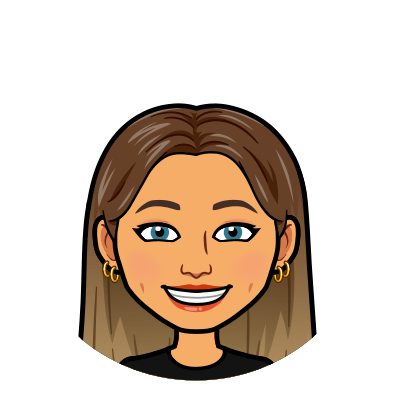Project Recap
Project: How emerging technology can be incorporated, utilised and benefit the real estate sector.
In recapping the project’s objective, the goal is to establish a new housing construction company with a distinctive feature: the ability to scan a QR code revealing a basic 3D model of a home in augmented reality and showing how the feature can be adapted to other areas of graphic design such as marketing, web design and more.
Throughout the project, the focus will be on creating the brand identity, marketing the unique selling point, modelling the houses, utilising software for augmented reality viewing, designing an app to facilitate this feature, and developing a website to interconnect these components.
I hope to make use of everything I have learnt throughout my years at university throughout the project. I primarily want to incorporate all of the software I have used within other modules over the last 3 years where I can to demonstrate my skill set and how it can be applied in different circumstances. Whilst I want to demonstrate how the AR feature works, I also wanted to show how this feature can be applied to other areas of graphic designs such as marketing, app design and many more rather than just demonstrating the feature.
Blog Posts
The project will be divided into six distinct blog posts, each focusing on individual components necessary to achieve the project’s objectives. Presented in chronological order are posts that detail the process, including the thoughts and justifications for all decisions. They will serve as a comprehensive account of the project’s development, showcasing the rationale behind each step.
Post One – Branding
The branding post will include the company name, colour palette, typography, iconography, and brand style guidelines. It serves as the platform for exhibiting the brand identity, offering insights into the creative process behind its development and providing a comprehensive overview of its visual representation.
Post Two – 3D Modelling
In the modelling post, the process of creating the house model will be detailed, outlining the steps taken to prepare it for integration with other software essential for enabling the AR feature. I set out to create one model since the aim was to show how the feature can work, I didn’t want my sole focus to be creating multiple models as I didnt feel it was necessary. This post will delve into the intricacies of the modelling techniques, showcasing the meticulous work undertaken to ensure compatibility and seamless functionality within the augmented reality framework.
Post Three – AR and QR Code
Following the 3D modelling post, the subsequent post will focus on transferring the model to other software to bring the AR version to life. This instalment will meticulously document the process of creating this feature, providing a step-by-step account of its execution. Through detailed explanations and visual demonstrations, users will gain insights into the intricacies of AR integration and witness firsthand how this immersive technology breathes life into the architectural model.
Post Four – Marketing
The marketing post will outline the company’s strategy for promoting its unique selling point, which is the utilisation of AR. This segment will detail the marketing approach adopted to highlight the AR feature and its benefits. Additionally, the post will include marketing mock-ups showcasing various promotional materials, such as posters, social media posts, and website banners. It is a part of the project that would show how the designs can incorporate the QR code that would lead to the AR feature.
Post Five – Website
The website post will focus on designing the company’s website, showcasing its layout and functionality. This instalment will demonstrate the website’s flow, providing a quick overview of its navigation while highlighting animations and transitions that enhance its design. Users will get a glimpse of the website’s aesthetic appeal and user experience, emphasising how these elements elevate the overall design of the online platform. It isn’t a huge part of the project, but it helps to show how the website runs alongside the companion app.
Post Six – Companion App
In the companion app post, the spotlight will be on the design and prototype of the app that complements the company’s website. This segment will present the app’s interface design, demonstrating its layout and functionality. The app’s primary focus is to cater to individuals who have purchased a home with the company, serving as a platform for communicating with their agents, facilitating changes, and providing updates. I chose to create an app to demonstrate a platform where users/customers could make use of the feature.
